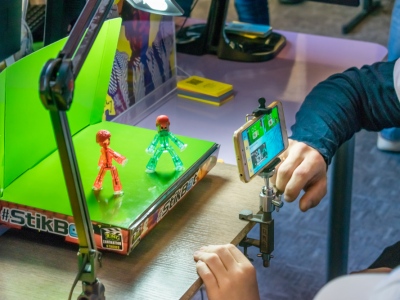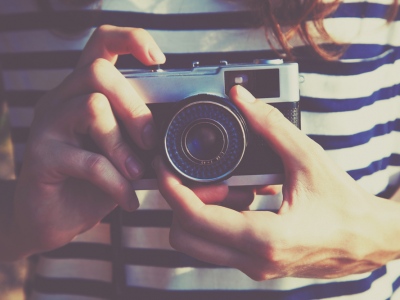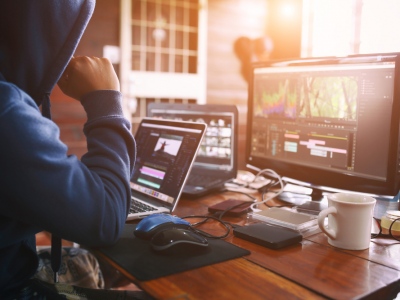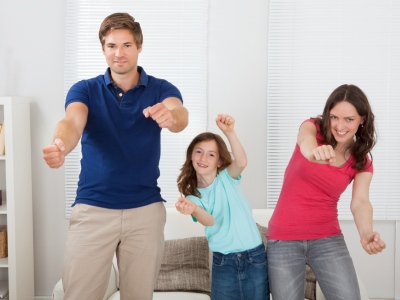This article will help you get a firsthand experience of various states of the making of a 3D animated movie – right from scratch till the very end, irrespective of the fact whether is the a million dollar with Hollywood blockbuster or a short animated film made by an amateur individual.

The making of an animated movie can be broadly divided into 3 stages – Pre Production, Production and Post Production. You can get a better idea by visiting the sites of vendors like Daz 3D Software.
PRE-PRODUCTION
This is the first phase of the making of an animated movie and at the same time, it is the most crucial one. This phase starts with the conceptualization of the entire storyline and planning about how the storyline will be converted into a story that will be ultimately filmed. Once that done, it is not time for writing the script, finalizing the sequences once by one, deciding on the angles of camera, and taking a call on the look and feel of the entire film.
Some of the most important functionalities of this stage include story boarding, creating the layouts, determining the characters, deciding on the shot sequences, and division of shots, camera angles, the model sheets and finally, the animatics. Deciding on the visual reminder of the base storyline also is done during this stage, so that this can be put up as a reference point during the production stage, whenever it is needed.
Story Boarding
This is a stage that constitutes the finalization of the story line and thus, is one of the most important aspects of the film making. This stage includes drawing the scenes in blocks in accordance to the shot division and camera angles just like what is done in the comic strips. This helps in visualizing the animation and often, text notes are added to these visual blocks to describe what is depicted in each scene.
Layouts
After the finalization of the storyboards, it is turn to design the costumes of the characters and the location, the story will be set against. Once that is down, it is time to show the respective position of the characters’ during each and every shot.
Model Sheets
These are sets of pictures that are precisely and accurately drawn for showing the entire range of possible expressions, which any particular character is expected to make all throughout the film along with the different body languages and poses that it may take.
These sheets are drawn in order to accurately maintain the flow of the character detail in question as well as to make sure that the designs of the character remain identical and uniform.
Animatics
During this phase, harmonization is created between the sequence of animations and the VFX scenes and the timing of each other, to complete the shots. During this phase you will have to come up with some simplified mock-ups, which are known as “Animatics”.
PRODUCTION
During this phase, the following things are done:
Layout
In this phase the lo-res models or certain geometry blocks are used as the substitute of the final set and the characters. You have to compose each and every shot and deliver a rough sketch as a guidance or reference to work with. The animators then produce the 3D version the drawings drawn by the story boarders on the papers.
You will have to decide the camera moves, the field depth as well as the model composition. Once that is done, you will have to create the approved set, props and the character models in the final layouts.
Modelling
During this stage the modelling professionals generally get divided into two or more departments – organic modelling and hard-surface modelling. The organic modelers create a sculpture background and build the characters along with the freeform surfaces. The hard-surface modelers, on the other hand come up with the industrial designs and the architectural backgrounds, and model vehicles, weapons, props as well as the buildings.
Once done, it is then the responsibility of the art directors, animation supervisors and the visual effects supervisors and the modelers to turn the 2D concept and maquettes into high end 3d Models. These professionals then assist the envelopers into putting a skeleton and then flesh and skin on the models. After that, the models are reverted to the modelers, who then put facial expressions and needed shapes, look and feel of the character models as per the requirements. Refer to the link for free 3d models and learning about modelling.
Texturing
Texturing includes putting up the shaders and painting the textures as per the need of the scene that is being framed.
Lighting
This is an extremely important step as you will have to decide on the lights, define the light properties, determining the interaction between different materials, their types and qualities, the mood and believability, color theory as well as harmony of the light vis-a-vis the scenes.
Rigging
This is the process by which bones are added to any character or by defining the movement of any mechanical object.
You will have to simultaneously take up cloth simulation, so much so that as a character moves, his dress also rinses and moves along with in a believable manner.
Animation
Here, you will have to add elements like smoke, dust, water and explosions.
POST-PRODUCTION
This is the final stage and comprises of the following functionalities.
Compositing
During this phase, you will collate all the 3D elements that the previous departments have come up with and then it comes up with the final rendered image, ready to be used in the film. You also have to create the final shot composition synchronization, rotoscoping, paint fixes, determination and composition of the fx elements along with grading of general colour, to complete the scenes.
Sound Editing
As the name suggests, this includes selection and assembly of the sound recording, so as to come up with the final sound mix, fine tuning the lip sync, and putting on all the required sound effects that are needed to complete the scenes.
Video Editing
The entire film is then rearranged and manipulated to create the final product that is going to be released. The unwanted footage as well as the needless footages and sequences are then taken off, so much so that the final look and feel and the ambiance of the film is in tune with the mood of the final version of the film that is to be released.
In case you get stuck during any of the above phases, you can check out some helpful online tutorials available at https://www.udemy.com/blendertutorial/ and https://www.gnomon.edu/courses/online.










Comments